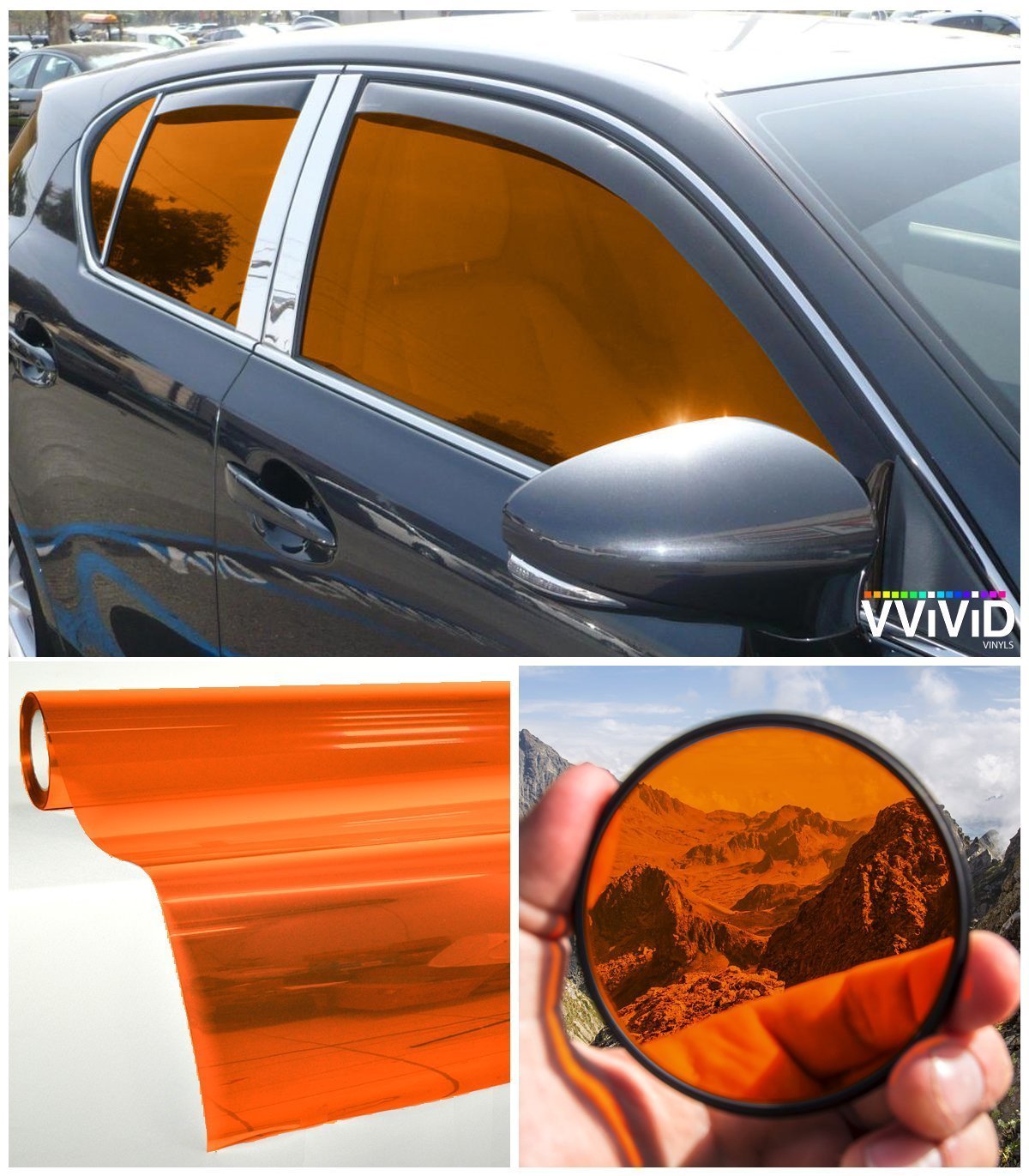How Automobile Window Tinting Shields Your Car's Inside
How Automobile Window Tinting Shields Your Car's Inside
Blog Article
Home Window Tinting Laws and Guidelines: What You Need to Know Prior To Tinting Your Cars And Truck
Prior to waging window tinting for your lorry, it is necessary to acquaint yourself with the varied regulations and standards that control this method across various states. These guidelines dictate the permissible levels of tint darkness, typically measured by noticeable light transmission (VLT) portions, and consist of certain stipulations for front windshields intended at ensuring road safety and security. Additionally, certain jurisdictions might provide medical exemptions for people with qualifying conditions. Recognizing these intricacies can save you from possible legal implications, but what are the specific policies in your state?
Introduction of Window Tinting Regulations
Window tinting regulations are often subject to variation across various jurisdictions, reflecting neighborhood guidelines and safety considerations. These laws determine the allowable degrees of tint darkness and reflectiveness on vehicle windows, making sure that motorists maintain ample presence while also shielding versus damaging UV rays and warmth.
Most guidelines identify window tinting based upon the Visible Light Transmission (VLT) portion, which suggests the amount of light that can pass through the window. Normally, lower VLT percentages represent darker colors. Regulations often separate in between the front, side, and rear home windows, with more stringent constraints related to the front windscreen to enhance security for both the chauffeur and other road customers.
Conformity with home window tinting regulations is critical, as offenses can result in fines, required removal of the tint, and possible rises in insurance coverage premiums. It is necessary for lorry owners to acquaint themselves with local laws prior to continuing with home window tinting setups.
State-by-State Tint Rules
Recognizing the certain home window tinting policies in each state is vital for vehicle owners looking for to abide by the regulation. Each state in the united state has developed its very own collection of regulations regulating window tinting, which can vary significantly. These policies typically determine the allowable degrees of color darkness, the kinds of windows that can be tinted, and any clinical exemptions that may use.
As an example, states like The golden state have rigid limitations on tint darkness for front windows, while others, such as New Mexico, may allow darker colors. In addition, particular states mandate specific presence percents for numerous windows, consisting of the windshield, front side windows, and back home windows. It is crucial for auto owners to acquaint themselves with their state's laws to avoid potential penalties or fines.
Additionally, some states might call for a certification sticker to be put on colored windows, indicating compliance with state regulations. Failure to follow these regulations not only runs the risk of lawful effects but can also influence safety and exposure while driving. Therefore, car proprietors should perform comprehensive research study or consult neighborhood authorities to make certain full understanding and compliance with state-by-state color laws.
Allowed Color Types and degrees
Lots of car owners might be amazed to learn that permitted color degrees and types differ commonly throughout various states. Each state has established its own laws regarding the allowable darkness and reflectivity of home window tint, commonly determined by Visible Light Transmission (VLT) portions. VLT describes the quantity of light that can go through the tinted home windows; thus, a reduced percentage suggests a darker color.

Furthermore, the kinds of tint materials allowed can vary, with some states prohibiting mirror-like or metal surfaces. It is crucial for car owners to familiarize themselves with their state's specific laws to make certain compliance. Non-compliance can cause penalties, compulsory removal of the color, or various other legal consequences, making it important to understand these policies prior to continuing with installment.
Medical Exemptions for Tinting
While not all states provide allocations for clinical exceptions regarding window tinting, those that do recognize the need for particular people to boost exposure and convenience due to clinical conditions. Numerous clinical conditions, such as lupus, skin cancer cells, and particular eye disorders, can provide people especially conscious sunshine. Subsequently, these people might call for darker colors to shield themselves from hazardous UV rays and glare.

It is essential to keep over at this website in mind that despite a clinical exception, there might still be limitations on the level of tint permitted. Conformity with state regulations makes certain that people are both safeguarded and within legal limits. Those taking into consideration clinical exemptions ought to contact their neighborhood Department of Electric motor Cars or equal authority to comprehend the procedures and requirements required to make an application for an exception effectively.
Charges for Non-Compliance
Stopping working to abide by window tinting laws can lead to considerable fines, which vary by state. Police are encouraged to issue citations for cars that do not adhere to the defined tinting policies. These penalties commonly consist of penalties, which can range from moderate quantities to numerous hundred dollars, relying on the extent of the offense and the state in question.
In some jurisdictions, duplicated offenses may cause intensifying penalties or additional fines, such as obligatory court appearances. Additionally, non-compliance might necessitate the elimination of prohibited tinting, usually at the proprietor's expenditure. In extreme cases, habitual wrongdoers might encounter suspension of their automobile enrollment till compliance is achieved.
Furthermore, insurance ramifications might occur from getting numerous citations for home window tint violations. Insurers might view such offenses as an indication of riskier habits, potentially bring about enhanced premiums or trouble in protection.
To prevent these charges, it is vital for vehicle proprietors to acquaint themselves with their local home window tinting legislations and ensure that their car complies (Window Tinting). This positive strategy not only stays clear of lawful implications however likewise promotes roadway safety and security
Final Thought

A lot of policies classify window tinting based on the Visible Light Transmission (VLT) percent, which suggests the quantity of light that can pass via the home window. Conformity with window tinting policies is vital, as violations can result in fines, required elimination of the color, and prospective recommended you read boosts in insurance coverage premiums.Understanding the details window tinting policies in each state is vital for vehicle owners seeking to abide with the law. These policies often dictate the permitted degrees of color darkness, the types of windows that can be tinted, and any medical exceptions that may use.
For instance, states like California have strict restrictions on color darkness for front home windows, while others, such as New Mexico, may permit darker tints.
Report this page